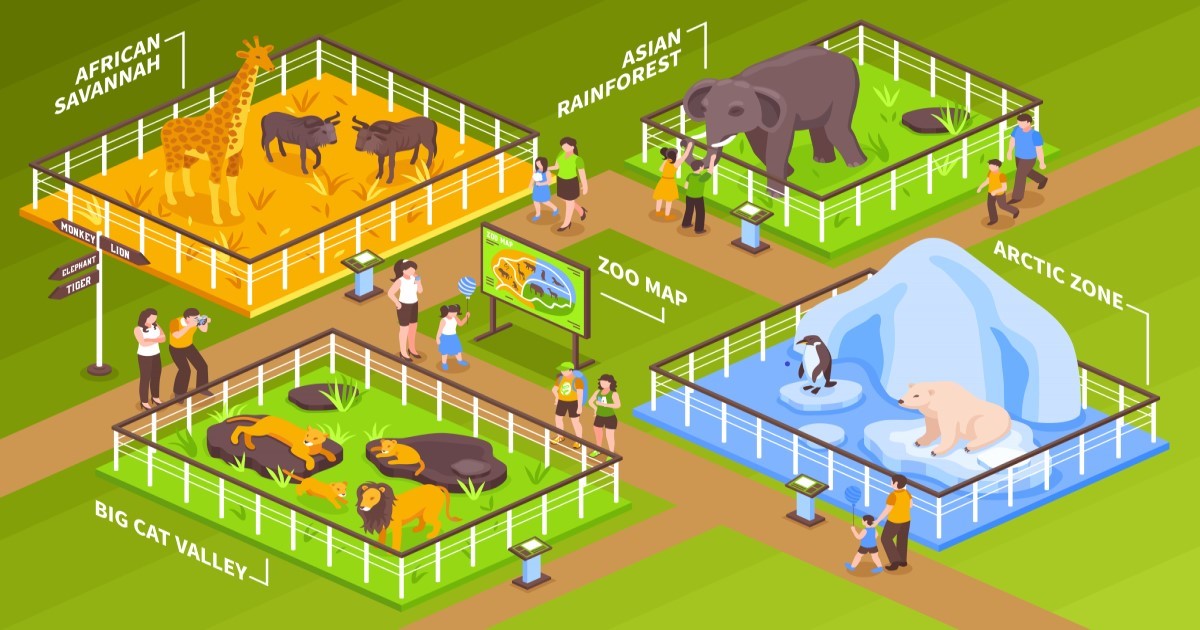Advances in Zoo, Aquatic, and Wild Animal Medicine
A special issue of Veterinary Sciences (ISSN 2306-7381). This special issue belongs to the section "Veterinary Physiology, Pharmacology, and Toxicology".
Deadline for manuscript submissions: 25 May 2026 | Viewed by 4343

Special Issue Editors
Interests: pharmacology; pharmacokinetics; wildlife; zoo; exotic animals
Interests: pharmacology; pharmacokinetics; wildlife; hematolgy; biochemistry
Special Issue Information
Dear Colleagues,
Advances in veterinary surgery and pharmacology are transforming the treatment of zoo and wild animals, improving clinical outcomes, and enhancing animal welfare. Innovations in diagnostic and surgical techniques, anesthesia, pain management, physiotherapy, and medical and pharmacological therapies are essential for managing complex conditions and adapting treatments to different animal species. However, challenges remain in optimizing diagnostic and treatment procedures, improving medication efficacy, and ensuring safe, species-specific applications.
This Special Issue, titled “Advances in Zoo, Aquatic, and Wild Animal Medicine”, invites original research, reviews, and case reports on innovative surgical and pharmacological treatments in veterinary medicine. We welcome articles that explore novel diagnostic procedures, surgical techniques, drug developments, and other interdisciplinary approaches that improve patient care.
We encourage veterinary researchers to contribute to this Special Issue, and in turn foster collaboration to advance animal healthcare.
We look forward to your submissions.
Prof. Dr. Teresa Encinas
Dr. Pablo Morón-Elorza
Dr. Manuel Fuertes-Recuero
Guest Editors
Manuscript Submission Information
Manuscripts should be submitted online at www.mdpi.com by registering and logging in to this website. Once you are registered, click here to go to the submission form. Manuscripts can be submitted until the deadline. All submissions that pass pre-check are peer-reviewed. Accepted papers will be published continuously in the journal (as soon as accepted) and will be listed together on the special issue website. Research articles, review articles as well as short communications are invited. For planned papers, a title and short abstract (about 250 words) can be sent to the Editorial Office for assessment.
Submitted manuscripts should not have been published previously, nor be under consideration for publication elsewhere (except conference proceedings papers). All manuscripts are thoroughly refereed through a single-blind peer-review process. A guide for authors and other relevant information for submission of manuscripts is available on the Instructions for Authors page. Veterinary Sciences is an international peer-reviewed open access monthly journal published by MDPI.
Please visit the Instructions for Authors page before submitting a manuscript. The Article Processing Charge (APC) for publication in this open access journal is 2100 CHF (Swiss Francs). Submitted papers should be well formatted and use good English. Authors may use MDPI's English editing service prior to publication or during author revisions.
Keywords
- medical treatments
- surgical procedures
- diagnostic procedures
- pharmacokinetics
Benefits of Publishing in a Special Issue
- Ease of navigation: Grouping papers by topic helps scholars navigate broad scope journals more efficiently.
- Greater discoverability: Special Issues support the reach and impact of scientific research. Articles in Special Issues are more discoverable and cited more frequently.
- Expansion of research network: Special Issues facilitate connections among authors, fostering scientific collaborations.
- External promotion: Articles in Special Issues are often promoted through the journal's social media, increasing their visibility.
- Reprint: MDPI Books provides the opportunity to republish successful Special Issues in book format, both online and in print.
Further information on MDPI's Special Issue policies can be found here.








